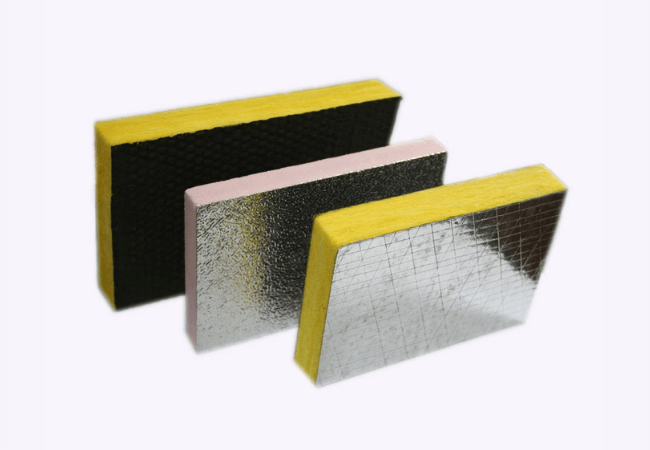
HVAC Duct & Pipe Insulation is the key to the reduction of heat transfer (i.e., the transfer of heat energy between various surfaces) between objects in thermal contact. The insulation process can be achieved with specially engineered methods or with suitable materials.
The process of thermal conduction is reduced with the insulation process achieving the maximum possible efficiencies in the HVAC systems. Insulation acts as a barrier to prevent excessive heat transfer through the ducts and pipes.
There are many advantages of insulating ducts and pipes which boost the performance of the systems according to the type of insulation selected. It can be achieved by consulting HVAC duct & pipe Insulation experts.
According to the applications, there are various types of insulations available. Some commonly used insulation types are given below.

Fiberglass (FSK) is the most common insulation used in modern times. Fiberglass can minimize heat transfer due to its construction, which weaves fine strands of glass into insulation material. when the proper safety equipment is used, fiberglass installation can be performed smoothly.
With R-values ranging from R-2.9 to R-3.8 per inch, fiberglass is an excellent non-flammable insulation material. Due to this feature, it is widely used in residential and commercial sectors.
This type of insulation is made from basalt. It may refer to slag wool which is produced from slag in steel mills. Most of the mineral wool used in the residential sector is slag wool. Most of this kind of wool is free from additives it can be used for many applications with combinations of other materials. It can be used for insulating the residential ceilings with the addition of fire retardant chemicals.
Foam type of insulation is generally a spray of polyurethane foam (SPF), which comes in high-density (closed-cell) and low-density (open-cell) forms. A thermal barrier is required to protect it from fire. Spray foam insulation is commonly used in both open or exposed cavities in both new construction and retrofits.
Cellulose insulation is plant fibre used in wall and roof cavities to insulate, draught-proof, and reduce free noise. These are generally categorized into four types dry cellulose, spray-applied cellulose, stabilized cellulose, and low dust cellulose. These types are used in different parts of a building according to the applications.
What our clients say about us